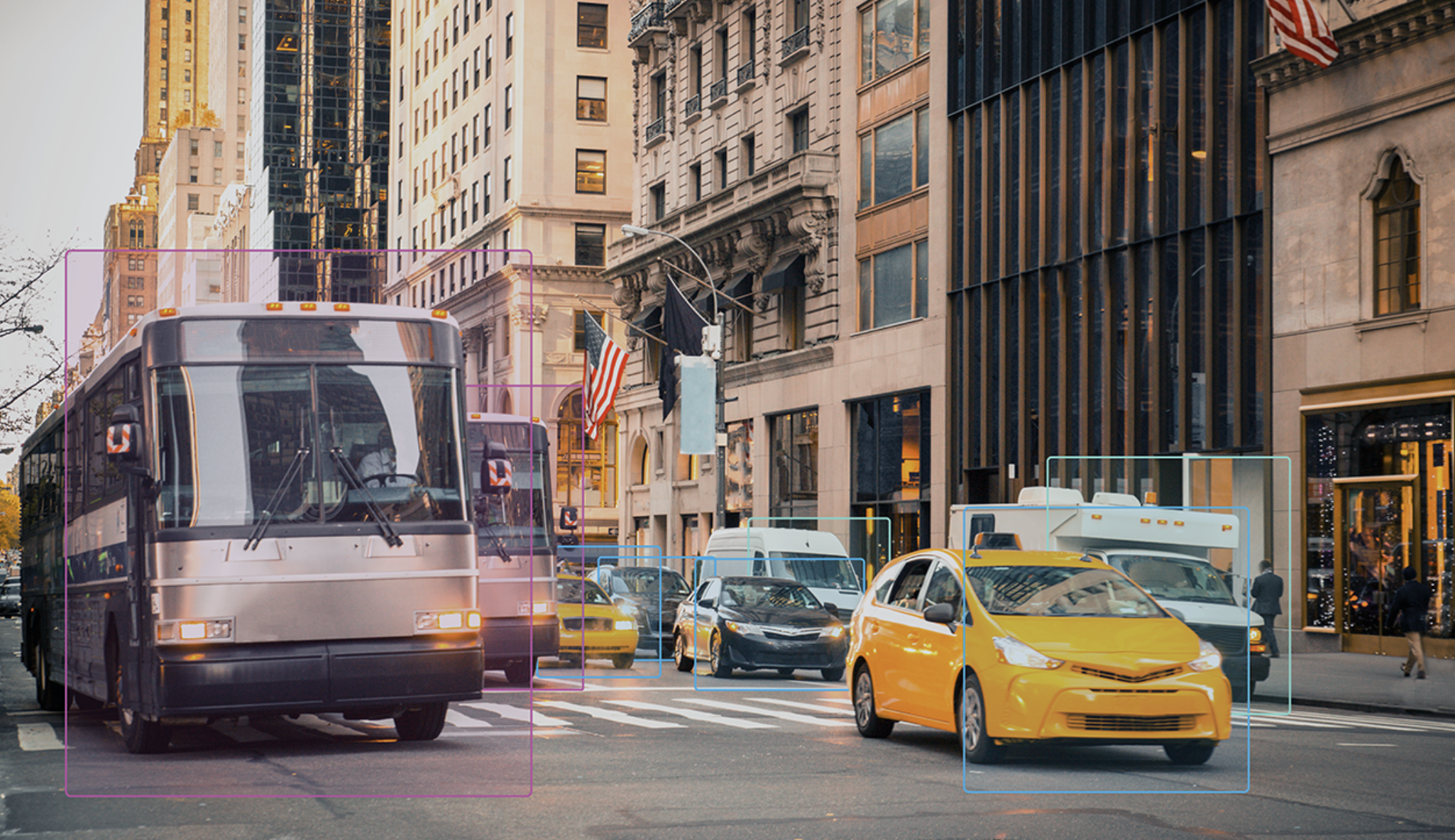Editor’s note: Ready to take action to demand safer vehicles right away? Scroll to the end.
Year after year, it’s déjà vu. Federal transportation officials release the annual total of pedestrians and cyclists killed on our streets, and every time, it seems like those numbers have gone up.
The year 2023 was no different. But could it also be the year the federal government finally does something about it?
It’s no secret that the growing size and increasingly dangerous design of today’s cars, SUVs, and trucks are fueling our national road death epidemic. It’s also no secret that size and design are within the federal government’s power to regulate, through requirements like the Federal Motor Vehicle Safety Standards and safety ratings like the New Car Assessment Program.
The good news: the National Highway Traffic Safety Administration has put forward multiple proposals in recent months to make vehicles safer for pedestrians and cyclists, including the first-ever pedestrian safety rating system for NCAP, a rule that requires live-saving technology that brakes for pedestrians, and an assessment of side underride guards on large trucks to prevent people from being swept underneath them.
The bad news: none of these proposals go nearly far enough. The pedestrian safety rating system is set up so that a vehicle could receive a failing grade, but still earn a top five-star overall safety rating. The automatic emergency braking rule does not require the system to detect cyclists, despite the fact that cycling detection technology exists. And in a shocking exposé, ProPublica and Frontline revealed that NHTSA administrators had shared their proposal for side underride guards with representatives from the trucking industry in advance — and watered the proposal down to the point that key safety studies were excluded and pedestrians and cyclists weren’t considered at all.
That’s the sorry state of NHTSA’s safety proposals — and you can be sure that auto industry lobbyists are still working overtime to undermine them as much as possible.
So now is the time to speak up and send a message to NHTSA that Americans demand a strong response to deadly vehicles. And we already have: last year, Americans submitted over 16,000 comments to NHTSA voicing their support for an overhaul of vehicle safety. That’s what got us to this point with these new proposals on the table. Now, we need to take action again.
If you’re ready to speak up for safer vehicles, there are several quick and easy ways to do so. With just one click, you can submit comments in support of…
- …A stronger pedestrian safety rating system (through either America Walks or Salud America!; closes July 25),
- …Automatic emergency braking that can detect everyone on the road (through America Walks; closes August 14),
- …Side underride guards that keep pedestrians and cyclists safe (through the League of American Bicyclists; closes July 20).
Consumer Reports is also collecting stories in support of pedestrian automatic emergency braking, and you can submit your own comments through regulations.gov on pedestrian safety rating systems; automatic emergency braking systems; and side underride guards.
Ben Crowther is the advocacy manager for America Walks.






